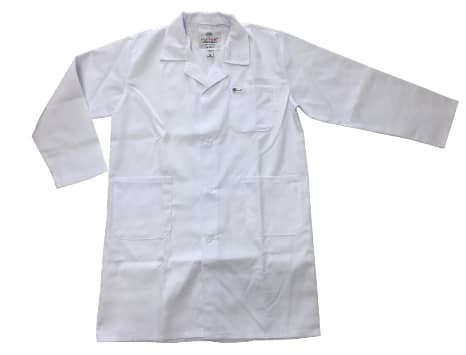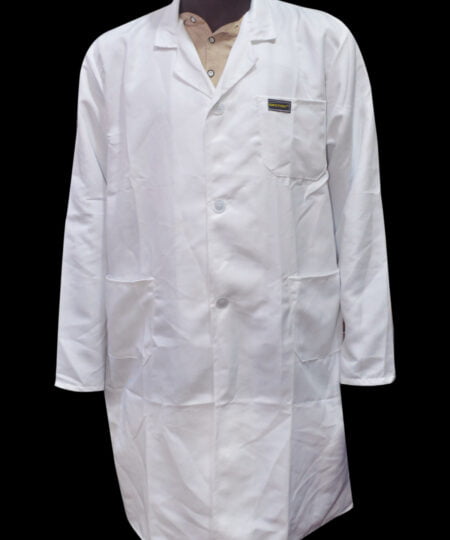Description
An overcoat, also known as a topcoat or outer coat, is a type of outerwear garment typically worn over other clothing to provide warmth and protection from the elements. Overcoats are often longer in length and designed to be worn in colder weather conditions. Here are some key features and considerations of overcoats:
Length: Overcoats are generally longer than other types of jackets or coats, typically reaching below the waist or even knee length. The extended length helps provide additional coverage and warmth, especially in colder climates.
Material: Overcoats are made from a variety of materials to provide insulation and protect against the elements. Common materials include wool, cashmere, tweed, camel hair, and synthetic blends. These fabrics offer warmth, durability, and some water resistance.
Style and Design: Overcoats come in various styles and designs to suit different tastes and occasions. Traditional designs include single-breasted or double-breasted options with notch lapels or peak lapels. Some overcoats feature belts or waist ties for added style and fit adjustments.
Lining: Many overcoats are lined to enhance comfort, add insulation, and improve the overall structure of the garment. The lining can be made of materials such as satin, silk, or polyester, providing a smooth and comfortable feel against the skin.
Closure: Overcoats typically feature buttons or a combination of buttons and a zipper for closure. Double-breasted overcoats often have overlapping front panels that button on both sides, while single-breasted styles have a row of buttons on one side. The closure helps to secure the coat and provide additional protection against the elements.
Pockets: Overcoats typically have functional pockets for storage and convenience. These pockets can be located on the outside or inside of the coat and provide space for keeping hands warm or carrying small items.
Collar and Cuffs: Overcoats may have different collar styles, including notched collars, stand-up collars, or fur-lined collars for added warmth. The cuffs of overcoats can be plain or adorned with buttons or straps for added detail.
Versatility: Overcoats are versatile garments suitable for various occasions and can be dressed up or down depending on the outfit. They are commonly worn with formal attire for business or special events but can also be styled with casual wear for a more relaxed look.
Overcoats are considered a classic and timeless piece of outerwear, providing warmth, style, and protection from the elements. When choosing an overcoat, consider factors such as the climate, desired level of warmth, personal style, and the occasion for which it will be worn. Proper care and maintenance, such as dry cleaning and storage in a cool, dry place, can help prolong the life of an overcoat and maintain its appearance.



Reviews
There are no reviews yet.